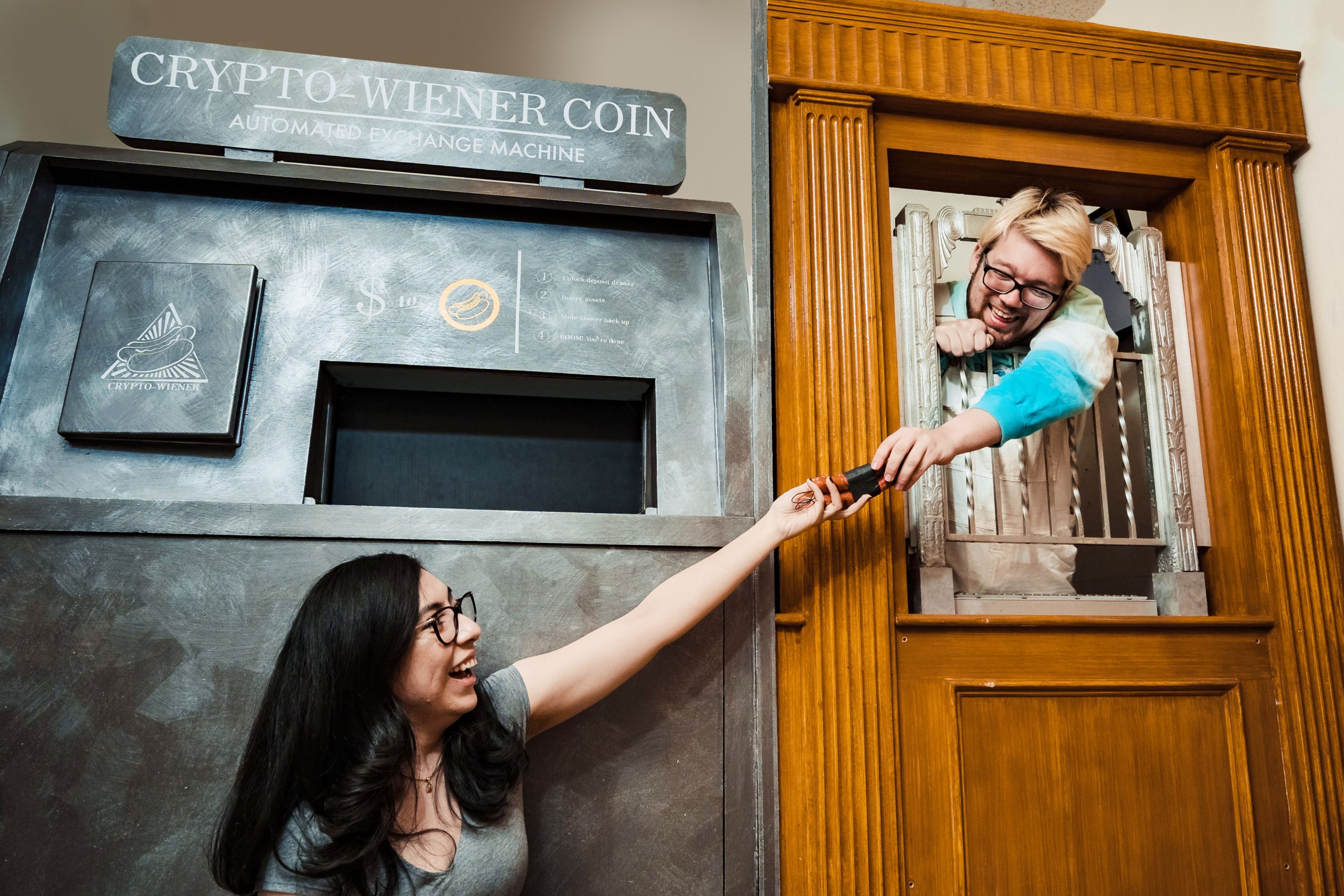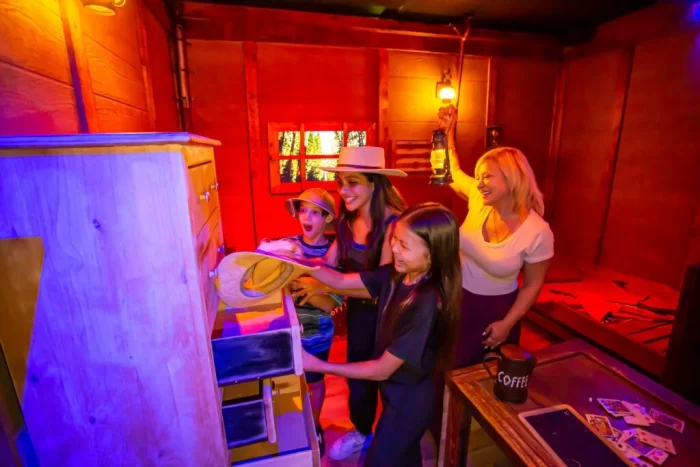Obstacle Your Mind With Our Intriguing Escape Room Puzzles and Clues
Beginning on an escape area experience supplies a complex experience that mixes cognitive challenges with immersive narration. Each room, thoroughly crafted with unique motifs, attracts individuals into a globe where logic, monitoring, and physical challenges converge.
The Art of Challenge Layout
The art of puzzle layout in getaway areas is a innovative and thorough process that calls for a deep understanding of both cognitive and emotional interaction. Crafting an effective puzzle entails balancing intricacy with solvability, ensuring that participants continue to be tested yet not overwhelmed. This balance is critical, as it cultivates a feeling of success and advertises continued involvement.
Puzzle developers should think about numerous cognitive skills, such as pattern recognition, deductive thinking, and spatial awareness. These aspects need to be interwoven seamlessly within the narrative of the escape space, boosting the immersive experience. Psychological involvement is similarly essential; puzzles should evoke interest, enjoyment, and periodic aggravation, inspiring participants to persist and ultimately prosper.
Interest to detail is vital. Every idea, prop, and device needs to be diligently designed and tested to make sure performance and coherence within the story. Developers often iterate on their creations, incorporating feedback from examination teams to improve problem degrees and get rid of obscurities.

Sorts Of Escape Room Challenges
Understanding the ins and outs of problem design normally leads to an exploration of the varied types of challenges experienced in getaway spaces. These challenges can be extensively classified into physical challenges, reasoning challenges, and observational challenges, each offering special kinds of involvement and cognitive excitement.
Physical challenges require participants to interact with their environment, typically including tasks such as constructing objects, manipulating devices, or revealing concealed areas. These difficulties involve tactile senses and spatial thinking, motivating team effort and hands-on problem-solving.
Logic problems, on the various other hand, demand analytical reasoning and pattern acknowledgment. Individuals could be charged with decoding ciphers, solving mathematical troubles, or locating connections between relatively unconnected clues - escape room seattle wa. These puzzles are created to examine the players' deductive reasoning and intellectual expertise
Observational puzzles depend on keen focus to information. Players have to scrutinize their surroundings to recognize refined hints, discrepancies, or concealed messages. These difficulties frequently necessitate a sharp eye and an ability to view connections that might forget.
Strategies for Success
Attaining success in escape areas requires a thoughtful mix of technique and collaboration. Synergy is vital; gamers should utilize their collective strengths to address complicated problems effectively. Splitting jobs according to individual abilities can streamline the process-- those with a flair for pattern recognition can deal with aesthetic puzzles, while rational thinkers take on series and puzzles.
Reliable communication is one more keystone of success. Sharing explorations quickly makes sure and prevents duplicated initiatives everyone remains on the exact same web page. Making use of a main location to place discovered items can aid track progression and avoid missing out on crucial hints.
Time monitoring is just as crucial. Allocate a particular quantity of time per puzzle, staying clear of prolonged concentrate on any kind of solitary obstacle. Seeking or changing puzzles assistance from teammates can provide fresh perspectives. if progression stalls.
It's additionally beneficial to familiarize oneself with common retreat area styles and challenge kinds ahead my company of time. Recognizing prospective challenge formats, such as ciphers or lock mixes, can expedite analytical.
Lastly, maintaining a favorable and composed attitude under stress can significantly impact performance. Stress and anxiety can shadow judgment, so preserving calm guarantees clear reasoning go to this web-site and reliable partnership, leading to a greater possibility of successfully running away.

Benefits of Escape Rooms
Engaging in getaway spaces uses a wide range of benefits that prolong beyond simple enjoyment. These immersive experiences act as a durable platform for developing crucial thinking and problem-solving skills. Participants are called for to assess ideas, recognize patterns, and design remedies under time restraints, cultivating imagination and cognitive flexibility.
Moreover, retreat areas are an effective device for improving team effort and communication. The collaborative nature of these tasks necessitates effective communication and control amongst staff member. This environment encourages participants to express their ideas clearly, pay attention proactively, and job synergistically in the direction of a typical goal, thereby reinforcing social skills.
In addition, retreat spaces provide an excellent method for stress and anxiety relief and mental restoration. The engrossing nature of the challenges permits individuals to divert their focus from daily stressors, advertising a sense of achievement and well-being upon addressing the challenges. This can result in boosted mental wellness and page enhanced productivity in various other areas of life.
Last but not least, these experiences usually require creativity and ingenuity, which can equate right into ingenious analytic capabilities in professional setups. By engaging in getaway areas, individuals can develop a varied skill established that applies in numerous real-world situations, making them a beneficial addition to any kind of personal or specialist growth plan.
Popular Themes and Situations
Exploring the varied globe of escape spaces discloses a myriad of prominent motifs and scenarios that mesmerize individuals and heighten the immersive experience. Among one of the most cherished themes are those that transport gamers right into historical durations or fantastical realms. For example, ancient Egyptian tombs, middle ages castles, and pirate journeys are seasonal favorites, enabling participants to fix challenges within highly thorough settings that evoke a sense of experience and exploration - escape room.
An additional common motif is the mystery and detective genre, where players find themselves in the role of sleuths solving a criminal offense or discovering keys. These situations commonly include elaborate storylines and a series of interconnected clues that require eager monitoring and deductive thinking to decipher.
Additionally, sci-fi and horror motifs hold substantial charm, making use of the intrigue of futuristic innovation or the thrill of browsing haunted residences and labs. These situations often integrate advanced props and unique impacts, enhancing the realistic look and tension.
Last but not least, several getaway areas attract motivation from pop culture, producing experiences based upon cherished publications, motion pictures, or TV programs. This can stimulate a sense of experience and exhilaration, as individuals engage with circumstances that pay tribute to their favorite stories.
Conclusion
The complex style of retreat space problems and hints offers an one-of-a-kind mix of cognitive challenges and immersive storytelling. By participating in different sorts of physical, rational, and observational problems, participants improve important thinking and team effort abilities. Utilizing reliable techniques boosts the overall experience, highlighting the complex benefits of retreat spaces. Popular motifs and scenarios even more improve the journey, making escape spaces a academic and engaging task for boosting mental skill and analytic capabilities.
Each area, diligently crafted with one-of-a-kind themes, draws participants into a world where reasoning, monitoring, and physical puzzles converge.The art of challenge layout in retreat areas is a meticulous and creative process that needs a deep understanding of both cognitive and psychological involvement. Crafting an effective problem involves stabilizing intricacy with solvability, making certain that individuals continue to be tested yet not bewildered. The gripping nature of the difficulties enables individuals to divert their focus from daily stress factors, promoting a feeling of achievement and health upon solving the puzzles.The intricate design of retreat area problems and hints provides a distinct blend of cognitive difficulties and immersive storytelling.